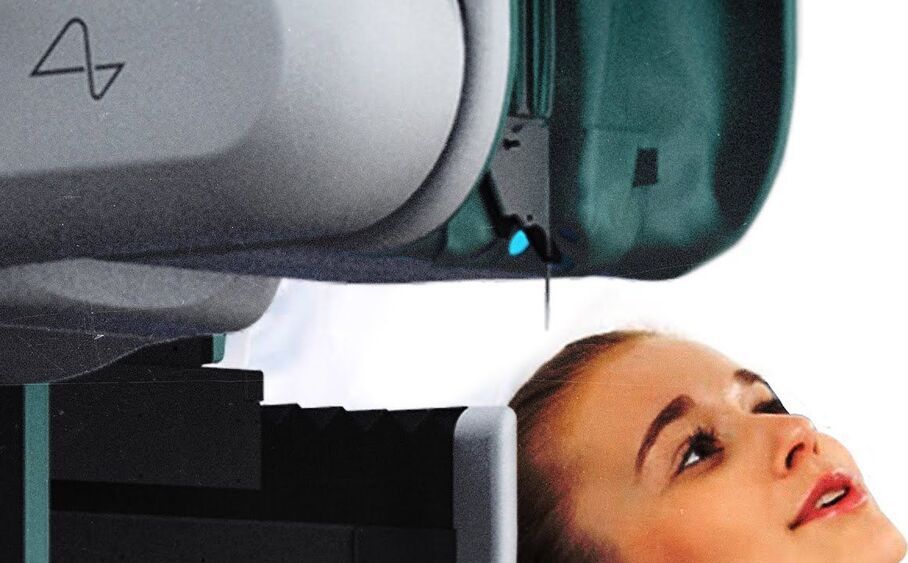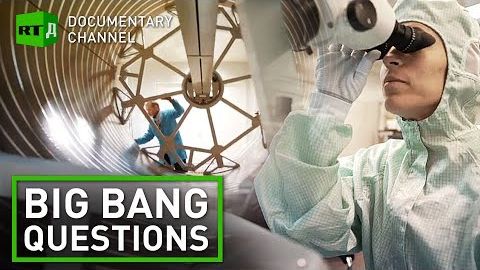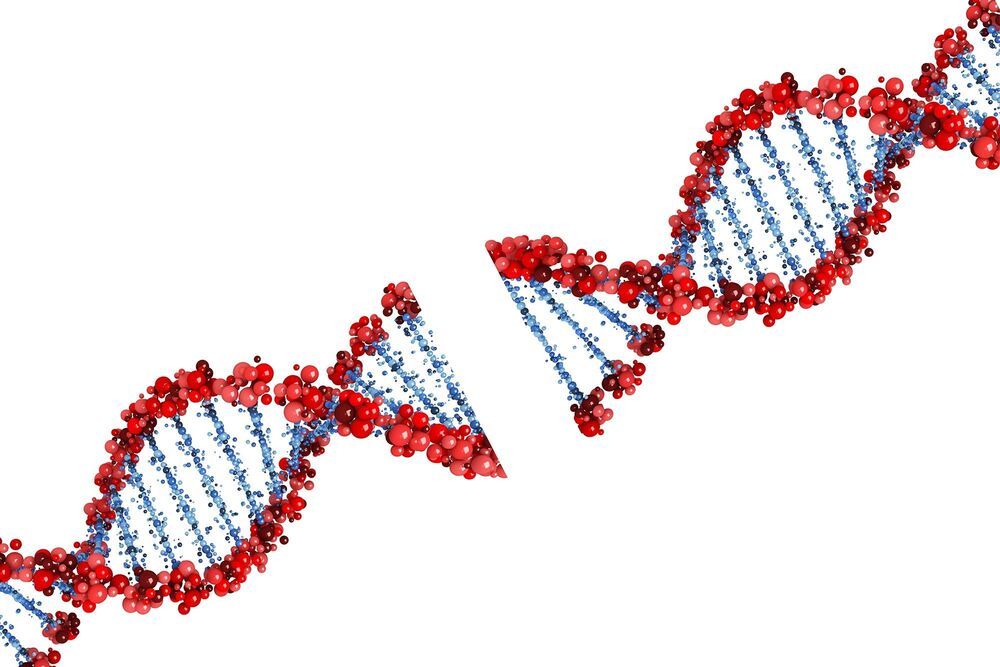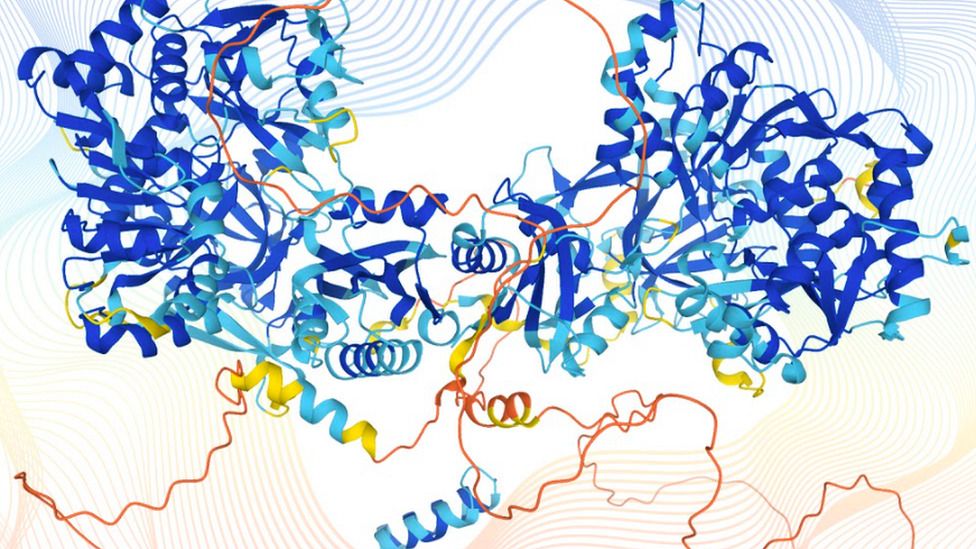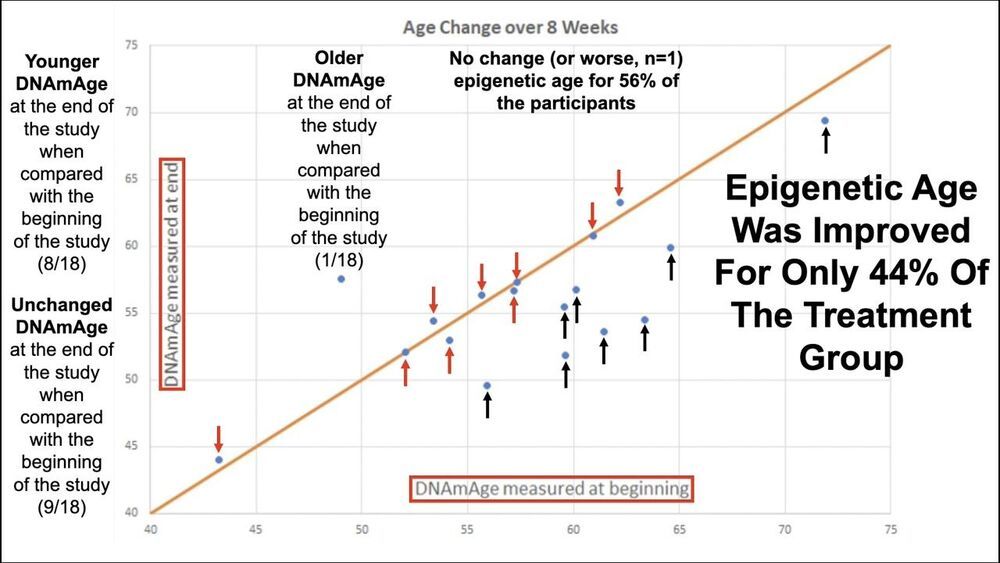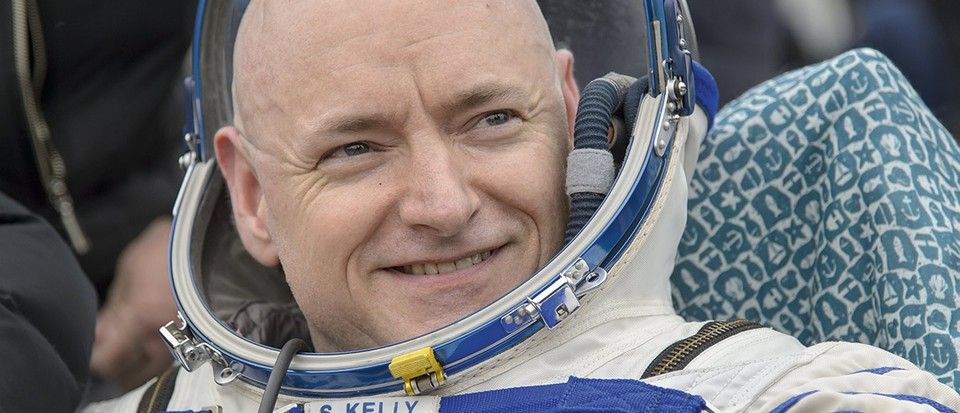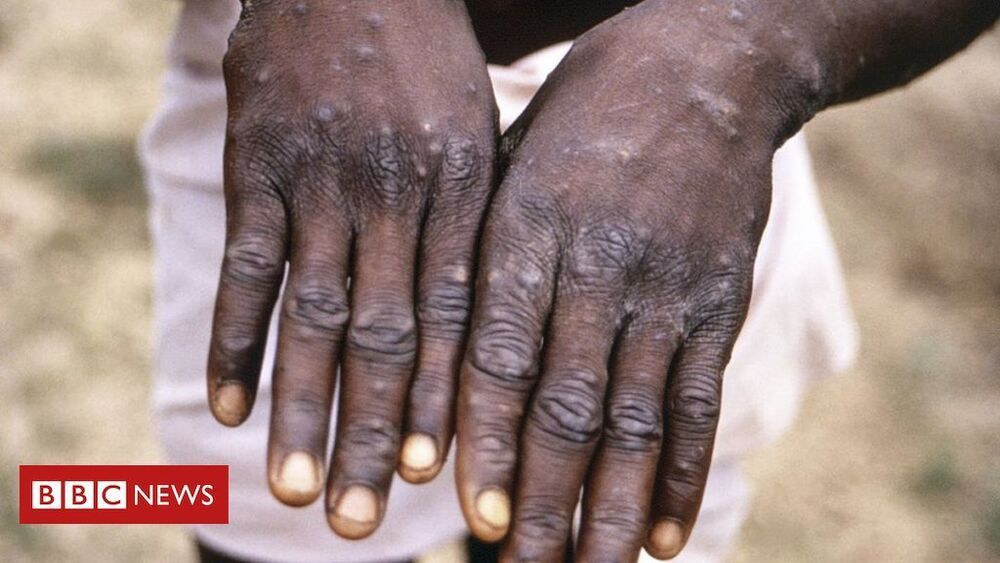
MIT physicists have observed signs of a rare type of superconductivity in a material called magic-angle twisted trilayer graphene. In a study appearing in Nature, the researchers report that the material exhibits superconductivity at surprisingly high magnetic fields of up to 10 Tesla, which is three times higher than what the material is predicted to endure if it were a conventional superconductor.
The results strongly imply that magic-angle trilayer graphene, which was initially discovered by the same group, is a very rare type of superconductor, known as a “spin-triplet,” that is impervious to high magnetic fields. Such exotic superconductors could vastly improve technologies such as magnetic resonance imaging, which uses superconducting wires under a magnetic field to resonate with and image biological tissue. MRI machines are currently limited to magnet fields of 1 to 3 Tesla. If they could be built with spin-triplet superconductors, MRI could operate under higher magnetic fields to produce sharper, deeper images of the human body.
The new evidence of spin-triplet superconductivity in trilayer graphene could also help scientists design stronger superconductors for practical quantum computing.
